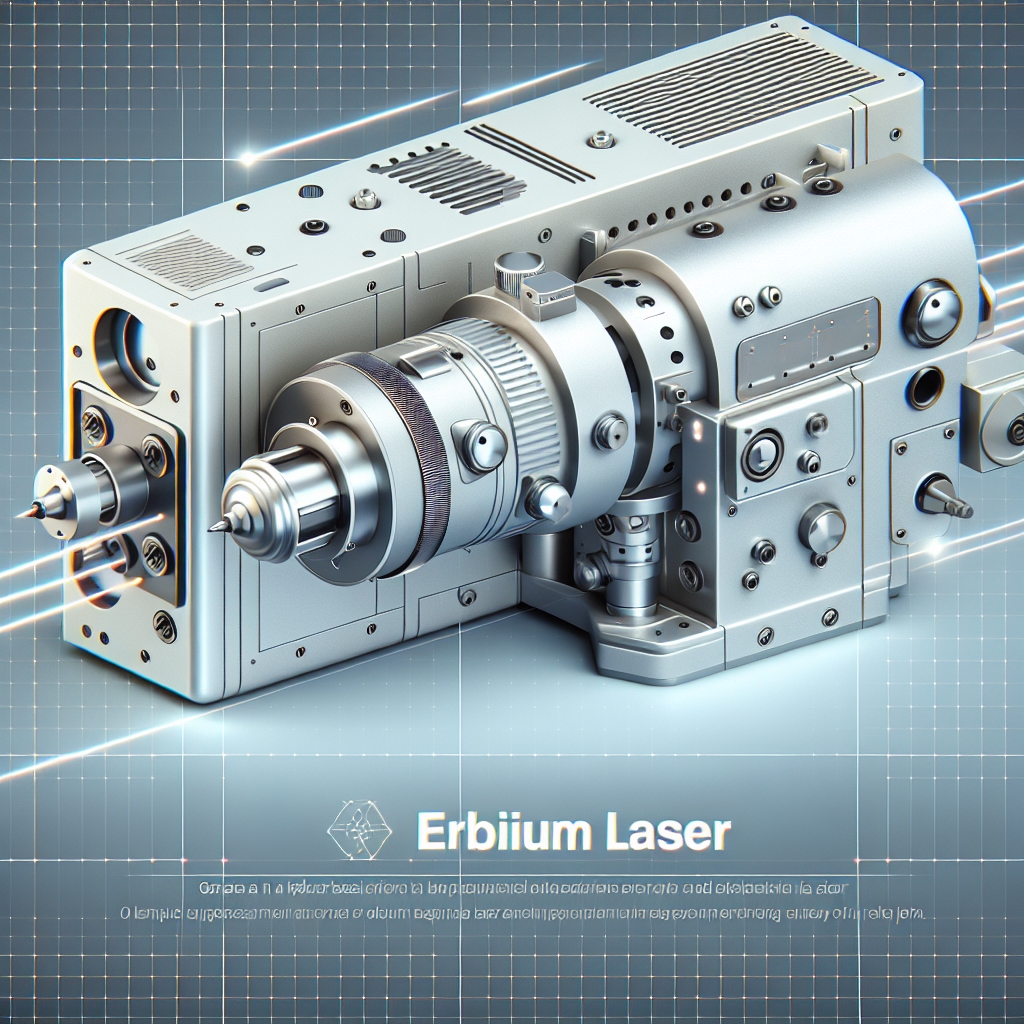The exploration of the capabilities and applications of erbium lasers in the field of mineralogy and gemology is a fascinating journey into how modern technology intersects with the natural world. Erbium lasers, named after the rare earth element erbium, have become a pivotal tool in various scientific and industrial fields, including telecommunications, dermatology, and materials processing. This article delves into the nature of erbium lasers, their role in the treatment and analysis of minerals and stones, and the future implications of this technology. Through understanding the ablative properties of erbium lasers, we can appreciate their significance in precision cutting, engraving, and the detailed analysis of geological specimens.
Understanding Erbium Lasers
Erbium lasers emit light at wavelengths of around 1.54 micrometers, falling within the infrared part of the electromagnetic spectrum. This specific wavelength is highly absorbed by water and biological tissues, making it particularly useful for medical applications such as skin resurfacing. However, its applications extend far beyond the medical field. In the context of minerals and stones, erbium lasers offer a unique set of properties that make them suitable for both analysis and modification of these natural materials.
The key to erbium lasers’ effectiveness lies in their precision and the minimal heat affected zone they produce. This precision is crucial when working with delicate or valuable materials such as gemstones, where excessive heat can cause damage or alter the material’s properties. The ability to precisely remove material without causing thermal damage makes erbium lasers an invaluable tool in the engraving, cutting, and polishing of gemstones and minerals.
Applications in Minerals and Stones
The use of erbium lasers in the field of minerals and stones is multifaceted, encompassing both industrial applications and scientific research. One of the primary uses is in the precise cutting and shaping of gemstones. Traditional mechanical cutting methods can be imprecise and risk damaging the stone. Erbium lasers, on the other hand, offer a non-contact method of cutting that reduces the risk of mechanical stress and damage.
- Engraving and Marking: Erbium lasers are used to engrave serial numbers, logos, or intricate designs on gemstones and minerals. This application is particularly valuable in the jewelry industry, where branding and traceability are important.
- Thin Section Preparation: In geological research, thin sections of minerals are prepared for microscopic analysis. Erbium lasers can precisely cut thin slices of minerals without causing fractures or alterations in the structure, which is crucial for accurate analysis.
- Surface Cleaning and Restoration: The ablative properties of erbium lasers can be harnessed to clean the surfaces of minerals and stones, removing encrustations or residues without damaging the underlying material. This application is particularly useful in the restoration of historical artifacts or fossils.
Moreover, the non-destructive analysis of minerals and gemstones is another area where erbium lasers shine. Laser-induced breakdown spectroscopy (LIBS) is a technique that uses the intense light from a laser to create a plasma on the surface of a sample. By analyzing the light emitted from this plasma, scientists can determine the elemental composition of the material. This method, when applied with erbium lasers, allows for the rapid and precise analysis of minerals without the need for sample preparation or destruction.
Future Implications and Developments
The ongoing advancements in erbium laser technology promise to further expand their applications in the field of minerals and stones. As the technology becomes more accessible and cost-effective, it is likely that we will see an increase in its use for both industrial applications and scientific research. Future developments may focus on increasing the precision and efficiency of erbium lasers, as well as expanding their capabilities to include new wavelengths or pulse durations for specialized applications.
One potential area of growth is in the use of erbium lasers for in situ analysis of geological formations. Portable erbium laser systems could be used in the field to quickly and accurately analyze the composition of minerals, aiding in exploration and mining operations. Additionally, the continued refinement of laser-induced breakdown spectroscopy techniques could enhance our ability to analyze the chemical and isotopic composition of minerals with unprecedented detail and accuracy.
In conclusion, erbium lasers represent a powerful tool in the analysis and modification of minerals and stones. Their precision, minimal heat affected zone, and versatility make them an invaluable asset in both industrial and scientific contexts. As technology advances, we can expect to see erbium lasers playing an increasingly significant role in our understanding and utilization of the natural materials that form the foundation of our planet.

